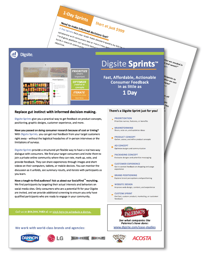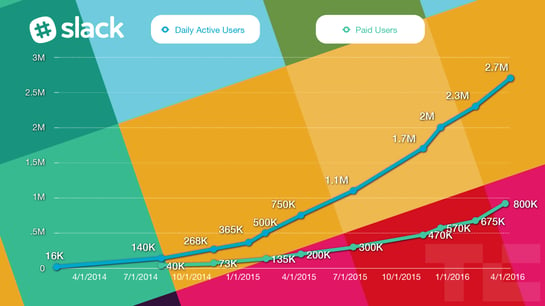Important problems and great solutions don’t exist without customers. That’s because customers are the ultimate arbiter of whether organizations have products and services that are worth their time, effort, and money.
In today’s competitive marketplace, teams that actively listen to and engage with their customers will have a much easier time using their company's talent and resources to address real market needs.
For example, Slack—the team messaging app that now boasts a $3.8 billion valuation after five short years—has been able to quickly grow so large (see chart below) due in large part to its customer-centricity.
When Slack was just starting out, CEO Stewart Butterfield and his team nudged their friends to see whether they’d give the app a try. Eventually, Slack ended up with about 10 different companies in various industries using it. Slack proactively solicited feedback from each of its users and used that feedback to refine its app even further. The company then went after more users, asked for their feedback, leverage that feedback to improve Slack even more, and repeated the process several times before releasing to the general public.
It’s not enough to build team alignment just once at the beginning of a project. It’s something that needs to happen every day—over weeks or months, depending on the size of the initiative. And while teams may have looked to one organizational leader for direction in the past, today’s more complex, cross-functional teams require a more collaborative approach.
This is why teams should put Iterative Insights℠ at the center of brand and product development processes rather than at the beginning and the end. By getting insights from their customers in a collaborative manner throughout their development efforts, teams can adjust as they learn—building alignment earlier and keeping focus throughout the process.
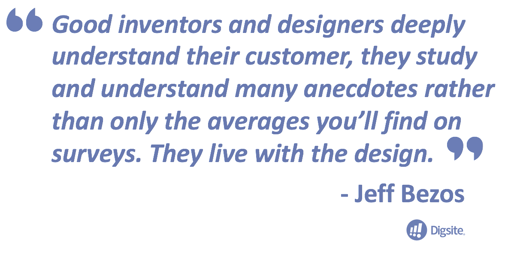
Most of today’s research is focused primarily on surveys, which are good at helping determine whether companies are moving in the right or wrong direction. When companies are on track, alignment is easy. But when companies get off track, there are a ton of questions that need to be answered. What went wrong? How did that happen? Can we salvage what we have? What is the right direction forward? In other words, understanding context and having the ability to iterate on new ideas becomes a requirement.
Unfortunately, the research methods that are so helpful at making go/no-go decisions don’t answer these questions.
Slack had the benefit of being a collaboration tool which made it easier for Slack’s employees to talk to the company’s customers in a collaborative way. But for most of us, the qualitative research methods we’ve used to answer “why” questions haven’t kept up with the times.
Even while we’ve adopted online research approaches, we haven’t standardized our methods based on the typical questions that materialize during development or the best practices that already exist when it comes to conducting qualitative. As a result, the answers teams so desperately need are often never uncovered because the process of designing, collecting, and analyzing qualitative data is too time consuming and slow.
In recent years, some tools like online communities and ongoing research panels have gained momentum to help us have faster access to consumers. But most companies have not standardized the actual process of engaging with consumers, i.e., the questions to ask and sequence to ask them in order to get the best results. This leaves teams stuck asking questions about which qualitative methods to use, what questions to ask, how to recruit participants, and the like—a process that makes the issue of how to get team alignment all the more difficult. If there isn’t alignment around the approach, there might not be alignment around the results as more uncertainty creates a higher risk of failure.
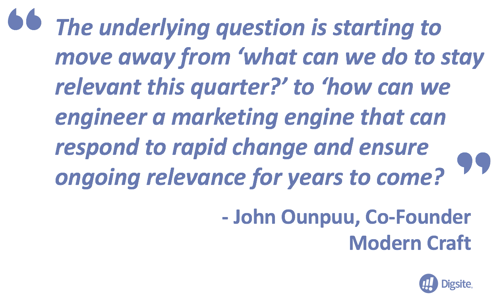
My company, Digsite, has been working with organizations that are adopting lean and agile methods to codify a qualitative approach we are calling Iterative Insights. At the core is the belief that marketing, creative and innovation teams need to make informed decisions early and often. In this regard, companies should use streamlined, standardized repeatable qualitative processes that yield results in days—not weeks. And they should be based on the best practices using of collaborative, context-driven, and behavior-oriented approaches that have proven to uncover well-defined consumer problems and opportunities.
A great example of this highly-iterative process is championed by Google in their product development process. Instead of fully developing an idea, they test and iterate consistently throughout their process. This ensures that the final product is already validated before going to market. By making the iterations more frequent, the process becomes fluid and more able to change with findings and feedback. This simultaneously demonstrates both the need and efficiency for an 'agile' product development process as shown here:
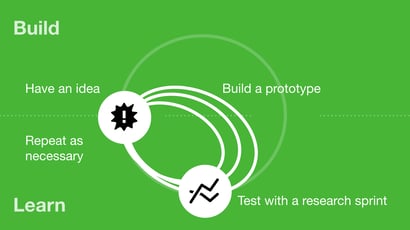
Source: Michael Margolis via Medium.com
The difference between winning and losing in the marketplace today can be measured by how quickly you can build team alignment around winning ideas. When everyone on the team is motivated to accomplish the same goal—with a narrow set of challenges that employees believe they can overcome together—there is an intrinsic forward momentum. The sky becomes the limit and smiles appear on customers’ faces.
To learn more about how Digsite enables this type of nimble research, check out the rest of our Iterative Insights blogs or download our Sprint Fact sheet that outlines our approach to collecting high-quality online qualitative research in a little as 24 hours.
